Hemophilia is a rare inherited bleeding disorder that affects the body’s ability to form clots. This can lead to excessive bleeding even from minor injuries, and can be life-threatening in some cases. As a nurse, it is essential to understand the nursing care plans and nursing diagnosis that are required to care for patients with hemophilia.
What is Hemophilia?
Hemophilia, an X-linked disorder, is a congenital inherited bleeding disorder of the clotting mechanism caused by an abnormal gene that produces a defective clotting factor protein with little or no clotting ability. The two most common forms of this disorder are Classic hemophilia (type A) which is caused by the lack of factor VIII and Christmas disease (type B) is caused by the deficiency in factor IX. Since both of these disorders are X-linked, the female is the carrier and the disorder is manifested only in males.
Hemophilia is classified into the following three groups, based on the severity of factor deficiency, mild (5-50%), moderate (1-5%) and severe (1%). Hemophiliacs are at risk for prolonged bleeding or hemorrhage as a result of minor trauma. Individuals with severe hemophilia, or less than 1% clotting factor, are also at risk to suffer from spontaneous bleeding without trauma or more severe prolonged bleeding after trauma. Bleeding can occur at any part of the body. Hemarthrosis, or bleeding into the joint spaces, is the most common complication of severe hemophilia. The knee joint is the most frequent joint involved.
Nursing Care Plans & Management
The nursing care plan goals for a client with hemophilia may include the absence of complications and pain, prevention of injury and bleeding, improved physical mobility, and understanding of the disease condition and its management.
Nursing Problem Priorities
The following are the nursing priorities for patients with hemophilia:
- Bleeding prevention and management
- Monitor for signs of bleeding complications
- Administration of clotting factor replacement therapy
- Injury prevention and self-care measures
- Pain management during bleeding episodes
- Promote physical mobility and joint protection
- Ensure compliance with treatment plans and medication regimens
Nursing Assessment
Assess for the following subjective and objective data:
- Joint tenderness, swelling, or limited range of motion due to hemarthrosis (bleeding into joints)
- Presence of ecchymosis (bruising) or hematoma
- Gum bleeding
- Epistaxis
- Blood in urine or stool
- Excessive bleeding during menstruation (in females with hemophilia)
- Excessive bleeding following dental procedures or minor trauma
- Unexplained or prolonged bleeding after vaccinations
Assess for factors related to the cause of hemophilia:
- Hemarthrosis
- Traumatic injury to muscles
- Decreased concentration of clotting factors circulating in the blood (factor VIII and factor IX)
Nursing Diagnosis
A nursing diagnosis helps in identifying and addressing specific patient needs and responses related to hemophilia. By conducting a comprehensive assessment, nurses can formulate an accurate nursing diagnosis that guides the development of a customized care plan.
Nursing Goals
Goals and expected outcomes may include:
- The client will experience decreased pain.
- The child will understand and participate in self-care measures during bleeding episodes, such as applying pressure to bleeding sites and seeking medical assistance when needed.
- The child will receive timely and appropriate treatment for bleeding episodes, resulting in reduced blood loss, pain relief, and resolution of bleeding.
- The child will not experience injury.
- The child will actively engage in physical therapy and joint protection techniques to maintain joint mobility and prevent joint damage.
- The child and family members will demonstrate proper techniques for handling daily activities to minimize the risk of injury.
- The child will maintain optimal physical mobility as evidenced by normal range of motion (ROM) and activities of daily living within the ability.
- The family will cope effectively with the child’s illness.
Nursing Interventions and Actions
Therapeutic interventions and nursing actions for patients with hemophilia may include:
1. Preventing Bleeding Risk and Injury
Children with hemophilia are at risk for injury due to the decreased concentration of clotting factors in their blood, which leads to impaired blood clotting and prolonged bleeding after injury or trauma. This can result in a greater risk of physical injuries, such as bruises, cuts, and joint bleeds, which can lead to pain, limited mobility, and other complications.
Assess for any signs of bruising and bleeding (note the extent of bleeding). Assess for prolonged bleeding after minor injuries.
Usual sites of external bleeding may include the bleeding in the mouth from a cut, bite, or from cutting or losing a tooth; nosebleeds for no obvious reasons; heavy bleeding from a minor cut, or bleeding from a cut that resumes after stopping for a short time. Hemophiliacs do not bleed faster or more frequently. Instead, they bleed longer due to a deficiency of clotting factors. Clients are often aware of bleeding before clinical manifestation. Bleeding can be life-threatening to these clients.
Assess for any pain and swelling over the entire body.
A headache, in the presence of a trauma history, may suggest intracranial hemorrhage. Abdominal pain may indicate internal bleeding. Bleeding into a joint is usually reported as a peculiar tingling sensation felt well before pain or swelling is detected.
If spontaneous or traumatic bleeding is evident, monitor vital signs.
Hypovolemic shock can happen due to decreased circulatory volume with blood loss. Signs include hypotension and tachycardia.
Monitor the coagulation assays for factors VIII AND IX.
Decreased values indicate that factor replacement therapy is subtherapeutic. See Laboratory and Diagnostic Procedure
Monitor the activated partial thromboplastin time (aPTT).
See Laboratory and Diagnostic Procedure
Monitor hemoglobin and hematocrit levels.
Hgb and Hct are monitored as indicators of blood loss. See Laboratory and Diagnostic Procedure
Assess for inhibitor antibody to factor VIII.
Clients who require frequent transfusions may develop inhibitor antibodies and require a subsequent change in coagulation therapy to factor VIIa.
Anticipate or instruct in the need for prophylactic treatment before high-risk situations, such as invasive diagnostic or surgical procedures, or dental work.
Treatment may include cryoprecipitate, which contains factor VIII and fibrinogen, and factor VIII concentrate, or it may include desmopressin (DDAVP) for treating mild to moderate hemophilia A.
Perform the following measures to control bleeding: apply manual or mechanical pressure if active bleeding is noted, apply sterile dressings to wounds, and apply topical coagulants, such as fibrin foam and thrombin.
Controlling bleeding is a nursing priority. Nasal packing should be avoided, because the subsequent removal of the packing may precipitate further bleeding.
If bleeding is in a joint (hemarthrosis), elevate and immobilize the affected limb. Apply ice packs to control bleeding.
Repeated hemarthrosis can result in severe and crippling deformity.
Provide replacement therapy for deficient clotting factors.
Replacement of factors is the primary treatment for bleeding. Treatment includes factor VIII, which is an essential clotting factor needed to convert prothrombin to thrombin. This treatment can also be provided in the home. See Pharmacologic Management
Administer plasma-derived factor VIIa for clients with antibodies against factor VIII.
Antibodies (inhibitors) to the clotting factors can destroy it before it is able to work and defeat the effect of replacement therapy. New therapies are available to neutralize the antibodies.
Administer tranexamic acid or epsilon aminocaproic acid as indicated.
See Pharmacologic Management
Anticipate the need for blood replacements.
Volume expanders and O-negative blood should be immediately available in the event of a life-threatening hemorrhage.
Assess signs and symptoms of bleeding; hemarthrosis (stiffness, tingling, or
pain); subcutaneous and intramuscular hemorrhage; oral bleeding; epistaxis (is not a frequent sign); petechiae (are uncommon).
Early detection of bleeding episodes will delay initiation of factor replacement therapy and will minimize complications; oral bleeding is often caused by trauma to the gums; petechiae is caused by low platelet function versus a deficient clotting factor.
Advise adolescents to use an electric shaver versus manual razor devices (with blades).
A high risk of bleeding is related to the use of razor blades; a minimal risk of bleeding is associated with the use of an electric shaver.
Utilize appropriate toys (soft, not pointed, or small sharp objects); for infants, may need to use padded bed rail sides on the crib; avoid rectal temperatures.
All of these recommendations will minimize and/or prevent bleeding episodes due to trauma.
Provide appropriate oral hygiene (use of a water irrigating device; use of a soft toothbrush or softening the toothbrush with warm water before brushing; use of sponge-tipped toothbrush).
Implementation of appropriate oral hygiene will minimize trauma to the gums.
Substitute the subcutaneous route for intramuscular injections; utilize the venipuncture blood drawing technique for all required blood testing samples versus the use of a finger or heel puncture.
Both of these measures are associated with less bleeding after implementing a subcutaneous injection or venipuncture blood sample.
Recommend non-contact sports activities such as swimming, hiking, or bicycling.
These activities are considered safe activities by the Hemophilia Foundation.
Avoid contact sports such as football, soccer, ice hockey, and karate.
Contact sports will predispose the child to injury and bleeding episodes.
Limit the use of helmets and padding of cause joints during participation in contact sports activities.
Daily use of these measures may the child to feel ostracized or may create emotional discomfort.
Maintain close supervision during play time to minimize injuries.
Prevent bleeding related to trauma in the child’s environment.
Institute the following measures to control and halt all bleeding episodes:
- Apply manual or mechanical pressure (10 to 15 mins) if active bleeding is observed.
Allows clot formation.
- Immobilize and elevate the affected extremity above the heart
Decrease blood flow to control bleeding.
- Application of cold pack as indicated.
Promote vasoconstriction, but use caution with small children to avoid tissue damage.
- Institute factor replacement therapy (based on hospital protocol) and DDAVP (it can be given IV or intranasally)
Control and stop bleeding episodes; Prevent crippling effects from joint bleeding.
- Complete bed rest for intramuscular hemorrhage of the lower spine area and non-weight-bearing support.
Minimize hemorrhage in muscles of the lower spine.
- Terminate passive range-of-motion exercises after an acute episode of
bleeding.
Avoid injury to the affected extremity or joint and avoid recurrence of bleeding to these.
Educate the family and affected child about the signs and symptoms of bleeding, and appropriate interventions to control bleeding at home.
Empowers others with accurate information to identify and manage bleeding episodes.
Instruct parents to include iron-rich foods in the child’s diet.
Maintains iron level to prevent anemia.
Advice to wear a medical alert bracelet.
Facilitates accurate diagnosis and treatment in case of an emergency.
Teach parents related to home health maintenance:
- The affected child should receive all routine immunizations (use the subcutaneous route, recommend pressure and an elastic bandage after injections)
Protect the child from childhood communicable diseases
- Reinforce the importance of appropriate dental hygiene programs.
Minimize oral trauma.
- Reinforce the provision of a safe but normal home environment, such as safety measures that are employed for all children of different ages are recommended; for example: for the toddler, gates over stairs but avoid restraining the toddler’s attempt to master motor skills; for the older child, participating in sports activities (use helmets and padding).
Minimize emotional distress during the child’s progression through the different developmental stages.
- Provide a home environment free of hazards, including clear pathways, and supervise children during ambulation and play without being overprotective.
Minimize the risk of trauma in the home by falls; infants and toddlers frequently fall or sustain injuries.
Instruct parents and child, if age appropriate, to administer factor VIII via IV if signs and symptoms appear, or before dental visits or other possible invasive procedures; instruct in mixing the precipitate, drawing into syringe, venipuncture, and application of pressure following IV, and allow for return demonstration.
Prevents or manages bleeding by factor replacement.
Teach parents and child about possible reactions to IV concentrate administration and that blood is tested for AIDS.
Decreases anxiety caused by risk of infections such as hepatitis and AIDS from replacement products.
2. Managing Acute Pain
Clients with hemophilia may experience acute pain due to hemarthrosis (bleeding into joints) or traumatic muscle injury, which can occur as a result of injury or trauma. Hemophilia causes a deficiency of blood clotting factors, leading to prolonged bleeding, inflammation, and pain, which can occur spontaneously or after physical activity or injury.
Assess the location, characteristics, and rate of pain (use pain scale).
Hemarthrosis (bleeding into the joint) is the main manifestation of the disease. Common sites include the elbows, shoulders, hips, knees, and ankle joints.
Assess for joint swelling and ability to move the affected limb.
Bleeding episodes should be managed at the onset of discomfort, which entails a deficient factor replacement.
Immobilize joints and apply elastic bandages to the affected joint if indicated; elevate affected and apply a cold compress to active bleeding sites, but must be used cautiously in young children to prevent skin breakdown.
Immobilization promotes comfort and decreases joint damage; elastic bandage most often avoids muscle bleeding; elevation of affected extremity/ joint will minimize swelling; the cold application will promote vasoconstriction.
Provide bed cradle over painful joints and other sites of bleeding.
Prevents pressure of linens on affected sites, especially joints.
Maintain immobilization of the affected extremity during the acute phase (24 to 48 hours); apply a splint or sling to the affected extremity if indicated.
Immobilization of the affected joint helps to decrease bleeding and provide some relief.
Perform a range of motion 48 hours after the acute bleeding episode and pain has subsided.
Maintains optimal joint movement.
Administer medications as indicated.
Acetaminophen (Tylenol), propoxyphene, corticosteroids, and codeine are given for pain management; NSAIDs such as aspirin are contraindicated since they impair clotting and can cause gastric bleeding. See Pharmacologic Management
Administer factor VIII or other prescribed factor components immediately.
Controls the bleeding that is causing the pain. See Pharmacologic Management
Educate the child about the cause of pain and interventions to relieve it; how medications must be administered via per orem, while injections are not advised; to avoid taking aspirin or aspirin products for pain.
Promotes understanding of pain responses and methods to reduce them.
Instruct the child to support and protect painful areas and on the importance of immobilization.
Promotes comfort and prevents further bleeding into joints.
3. Improving Physical Mobility
Clients with hemophilia may experience impaired physical mobility due to hemarthrosis (bleeding into joints), pain, and discomfort. Hemarthrosis can lead to swelling and inflammation, which can cause restricted movement and reduced range of motion. Pain and discomfort can also limit mobility and affect a person’s ability to engage in physical activities.
Assess for limited ROM, contractures, and bony changes in the joints when bleeding has stopped.
Recurrent bleeding of the joints can lead to bone destruction, permanent deformities, and crippling. This data gives the baseline for evaluating further constraints from bleeding.
Provide gentle, passive ROM exercise when the child’s condition is stable.
Clients who are experiencing active bleeding have restricted mobility or splinting. However, later ROM exercise can help maintain optimal muscle and joint movement.
Assist with the progression to active exercise as tolerated.
Non-weight-bearing exercise facilitates optimal ROM without stimulating rebleeding. Extra weight should be avoided until the swelling has subsided.
Educate on preventive measures, such as the application of protective gear and the administration of factor products.
Avoiding injury and hemarthrosis is essential for maintaining joint and limb mobility and use.
Provide assistive devices when needed.
Chronic joint deformity is a common complaint.
Refer for physical therapy, occupational therapy, and orthopedic consultations, as required.
Electrical stimulation of the muscles around the joints prevents muscle atrophy. Active physiotherapy helps in regaining joint movement and preventing a fibrous build-up.
4. Promoting Effective Family Coping
Children with hemophilia and their families may experience compromised family coping due to the chronic and unpredictable nature of the disease, as well as the financial and emotional stressors that may accompany it. The need for frequent medical care, potential complications, and limitations on physical activity can also impact the family’s ability to cope with the challenges of the condition.
Assess the family’s coping methods and their effectiveness; family interactions and expectations related to long-term care, developmental level of the family; the response of siblings; knowledge and use of support systems and resources; the presence of guilt and anxiety; overprotection and/or overindulgent behaviors.
Identifies coping methods that work and the need to utilize new coping skills and behaviors, family attitudes; a child with special long-term needs either strengthen or distort family relationships and an undue degree of overprotection may be detrimental to the child’s growth and development such as disallowing school attendance or peer activities, avoiding discipline of a child, and disallowing child to assume responsibility for ADL.
Encourage family members to verbalize problem areas and develop solutions on their own.
Decreases anxiety and enhances understanding; provides family an opportunity to recognize problems and create problem-solving strategies.
Encourage family members to express feelings, such as how they deal with the chronic needs of a family member and coping patterns that help or hinder adjustment to the problems.
Allows for the venting of feelings, which relieves guilt and anxiety and helps determine the need for information and support.
Assist the family in setting short- and long-term goals for the child and integrate the child into family activities, including the participation of all family members.
Promotes involvement and control over situations and maintains the role of family members and parents.
Provide information about long-term care and management.
Enhances family understanding of medical regimen and responsibilities of family members.
Inform the family that overprotective behavior may hinder growth and development and that child should be treated as normally as possible.
Promotes understanding of the importance of making the child one of the family and the adverse effects of overprotection of the child.
Provide assistance to a social worker, counselor, or others as needed.
Gives support to the family faced with long-term care of a child with a serious illness.
5. Assessing and Monitoring for Potential Complications
Nurses assess and monitor potential complications for children with hemophilia to detect early signs of bleeding, infections, or other complications, allowing for prompt intervention and prevention of further complications, and ensuring the child’s safety and well-being by providing timely and appropriate care.
Assess for signs of bleeding, such as excessive bruising, hematomas, joint pain or swelling, gastrointestinal bleeding (e.g., blood in stools), or signs of intracranial bleeding (e.g., headache, altered mental status).
Children with hemophilia have a reduced ability to form blood clots, making them more susceptible to prolonged or spontaneous bleeding episodes.
Monitor for signs of infection and initiate prompt treatment with appropriate antibiotics if an infection is suspected.
Children with hemophilia may require frequent medical interventions such as intravenous access or joint injections, which can increase the risk of introducing pathogens into their bloodstream
Assess for signs of acute compartment syndrome, such as severe pain, swelling, or loss of sensation, and notify the healthcare provider immediately.
Due to the disease condition, children with hemophilia are prone to internal bleeding, which can lead to increased pressure within compartments of muscles or tissues, potentially compromising blood flow and causing significant tissue damage.
Teach patients and families about joint protection techniques and the importance of avoiding high-impact activities or excessive stress on the joints.
This will minimize the risk of joint bleeds and prevent potential joint damage, as well as promote joint health and maintain the child’s mobility.
6. Administering Medications and Pharmacologic Support
Medications used in hemophilia include clotting factor concentrates (Factor VIII for Hemophilia A and Factor IX for Hemophilia B), desmopressin (DDAVP), antifibrinolytics, pain medications, and prophylactic antibiotics, which are administered to replace deficient clotting factors, promote clot stability, manage pain, prevent bleeding, and protect against infections, respectively.
Clotting Factor Concentrates
Recombinant or plasma-derived clotting factor concentrates, such as Factor VIII (for Hemophilia A) or Factor IX (for Hemophilia B), are administered intravenously to replace the deficient clotting factor and promote blood clotting during bleeding episodes or as a prophylactic treatment to prevent bleeding.
Desmopressin (DDAVP)
DDAVP is the treatment of choice for mild hemophilia. It is an analogue of vasopressin. This medication stimulates the release of von Willebrand factor and increases levels of Factor VIII in some individuals with mild or moderate Hemophilia A or von Willebrand disease. It can be administered intravenously, intranasally, or subcutaneously.
Antifibrinolytics
These are second-line antifibrinolytic drugs that do not actually form clots but help hold clots in place by stopping plasmin activity. They do not replace factor therapy. They are commonly used before dental work, during bleeding episodes, and, in the rare case of a woman with hemophilia, during heavy menstrual bleeding. They are typically given orally or intravenously.
Pain medications
Analgesics, including nonsteroidal anti-inflammatory drugs (NSAIDs) or opioids, may be prescribed to manage pain associated with bleeding episodes or procedures.
Immunizations: Vaccinations are crucial for children with hemophilia to protect against infections that could potentially trigger bleeding episodes. Routine childhood vaccinations should be administered as per the recommended immunization schedules.
7. Monitoring Laboratory and Diagnostic Procedures
Laboratory procedures used in hemophilia include activated partial thromboplastin time (aPTT), factor VIII assay (for Hemophilia A), factor IX assay (for Hemophilia B), complete blood count (CBC), von Willebrand factor assay, and bleeding time test, which help assess clotting factor levels, measure clotting times, evaluate platelet function, and differentiate between different types of bleeding disorders.
Complete Blood Count (CBC)
This test provides information about the number of red blood cells, white blood cells, and platelets in the blood. It helps evaluate anemia, platelet counts, and overall blood cell health.
Activated Partial Thromboplastin Time (aPTT)
This test measures the time it takes for blood to clot and is used to evaluate the intrinsic pathway of coagulation. Prolonged aPTT suggests a clotting factor deficiency, which is characteristic of hemophilia.
Bleeding Time Test
This test evaluates the time it takes for a small skin incision to stop bleeding. Although less commonly used, it can provide additional information about platelet function and overall bleeding tendency.
Factor VIII Assay
This test specifically measures the level of Factor VIII, which is deficient in Hemophilia A. It helps determine the severity of the condition and monitor the effectiveness of treatment.
Factor IX Assay
This test measures the level of Factor IX, which is deficient in Hemophilia B. Similar to the Factor VIII assay, it helps assess the severity of the condition and the response to treatment.
Von Willebrand Factor Assay
Since von Willebrand disease can sometimes be misdiagnosed as mild Hemophilia A, testing for von Willebrand factor levels and activity may be necessary to differentiate between the two conditions.
Recommended Resources
Recommended nursing diagnosis and nursing care plan books and resources.
Disclosure: Included below are affiliate links from Amazon at no additional cost from you. We may earn a small commission from your purchase. For more information, check out our privacy policy.
Ackley and Ladwig’s Nursing Diagnosis Handbook: An Evidence-Based Guide to Planning Care
We love this book because of its evidence-based approach to nursing interventions. This care plan handbook uses an easy, three-step system to guide you through client assessment, nursing diagnosis, and care planning. Includes step-by-step instructions showing how to implement care and evaluate outcomes, and help you build skills in diagnostic reasoning and critical thinking.

Nursing Care Plans – Nursing Diagnosis & Intervention (10th Edition)
Includes over two hundred care plans that reflect the most recent evidence-based guidelines. New to this edition are ICNP diagnoses, care plans on LGBTQ health issues, and on electrolytes and acid-base balance.

Nurse’s Pocket Guide: Diagnoses, Prioritized Interventions, and Rationales
Quick-reference tool includes all you need to identify the correct diagnoses for efficient patient care planning. The sixteenth edition includes the most recent nursing diagnoses and interventions and an alphabetized listing of nursing diagnoses covering more than 400 disorders.

Nursing Diagnosis Manual: Planning, Individualizing, and Documenting Client Care
Identify interventions to plan, individualize, and document care for more than 800 diseases and disorders. Only in the Nursing Diagnosis Manual will you find for each diagnosis subjectively and objectively – sample clinical applications, prioritized action/interventions with rationales – a documentation section, and much more!

All-in-One Nursing Care Planning Resource – E-Book: Medical-Surgical, Pediatric, Maternity, and Psychiatric-Mental Health
Includes over 100 care plans for medical-surgical, maternity/OB, pediatrics, and psychiatric and mental health. Interprofessional “patient problems” focus familiarizes you with how to speak to patients.

See also
Other recommended site resources for this nursing care plan:
- Nursing Care Plans (NCP): Ultimate Guide and Database MUST READ!
Over 150+ nursing care plans for different diseases and conditions. Includes our easy-to-follow guide on how to create nursing care plans from scratch. - Nursing Diagnosis Guide and List: All You Need to Know to Master Diagnosing
Our comprehensive guide on how to create and write diagnostic labels. Includes detailed nursing care plan guides for common nursing diagnostic labels.
Other care plans for hematologic and lymphatic system disorders:


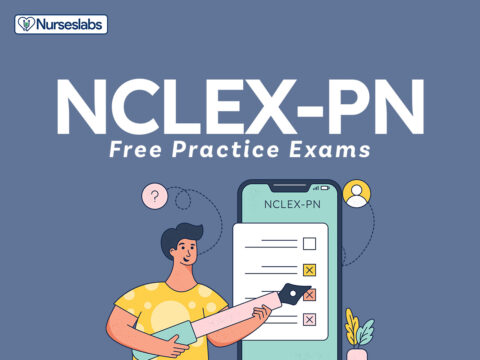
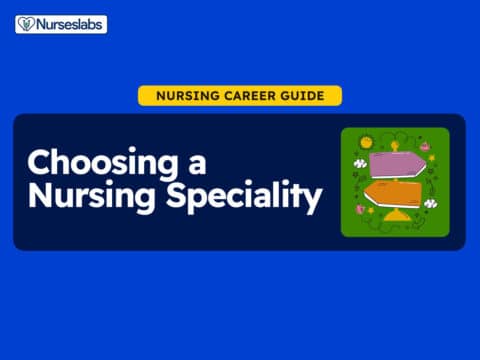
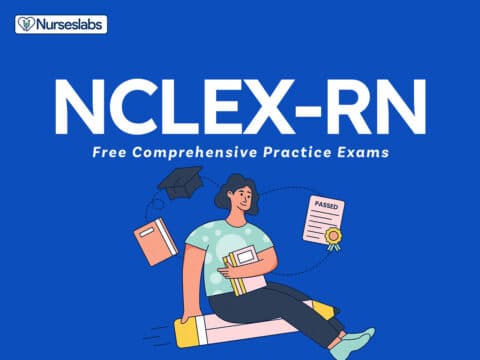



















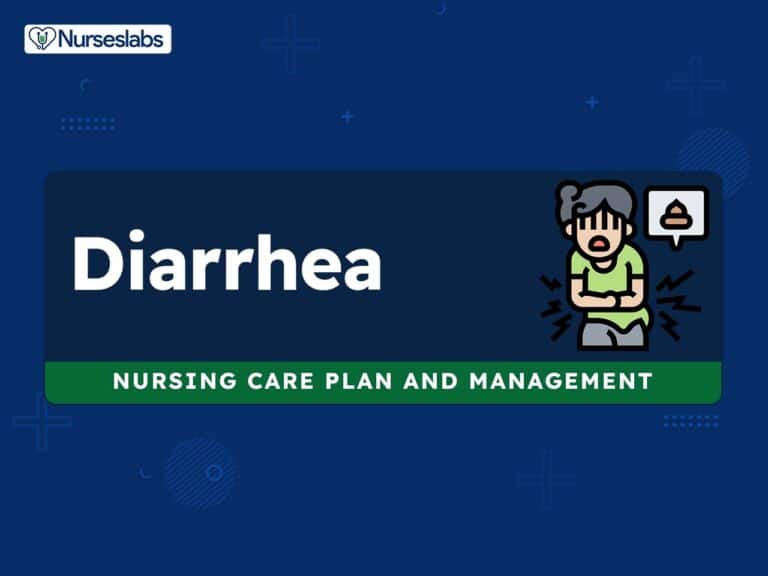
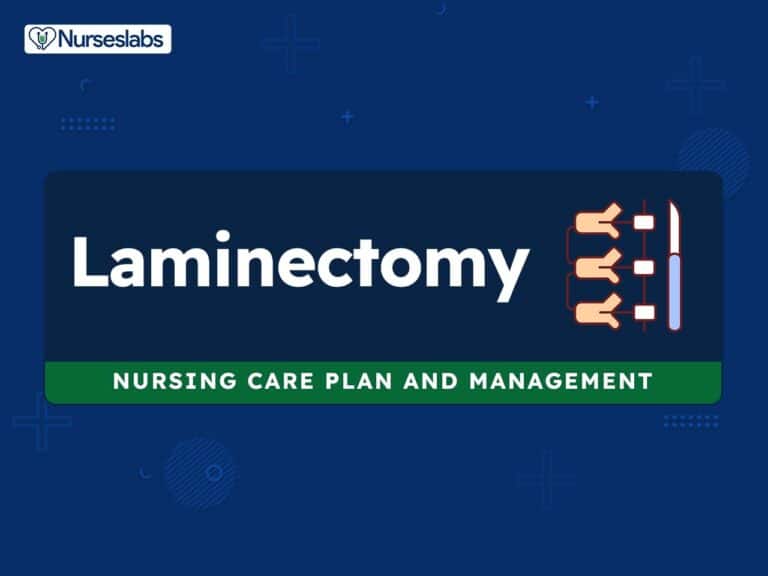
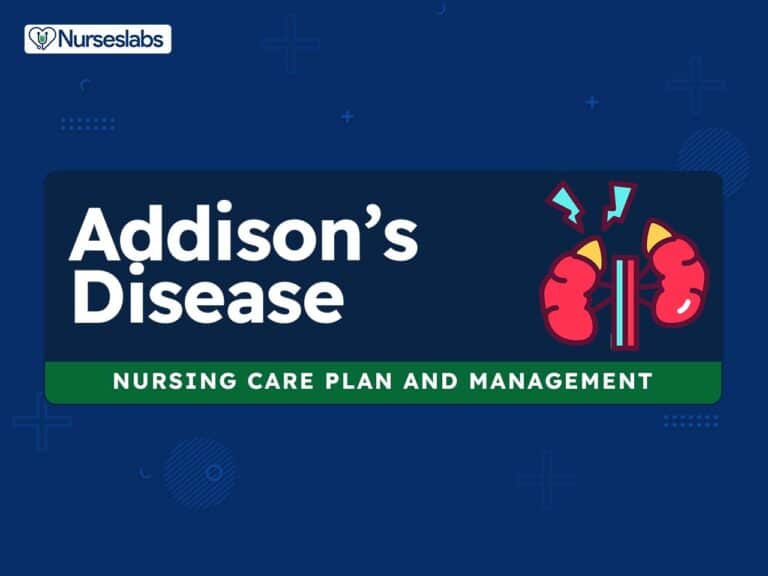
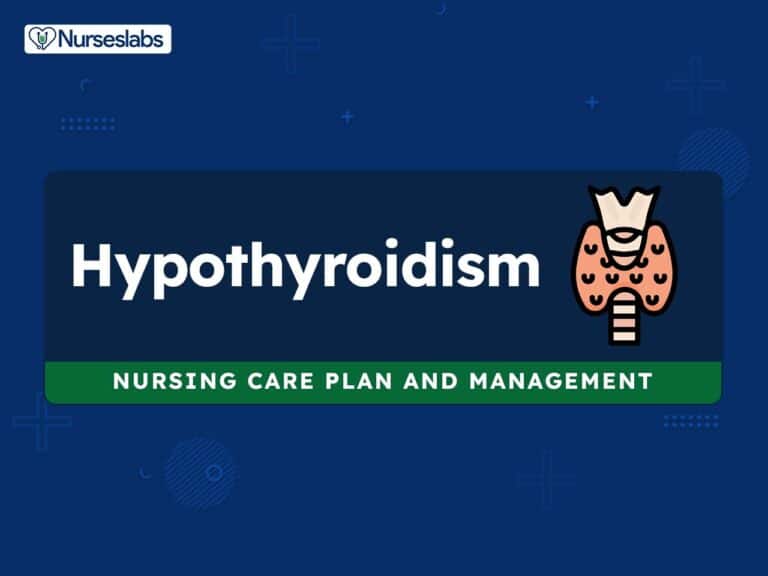
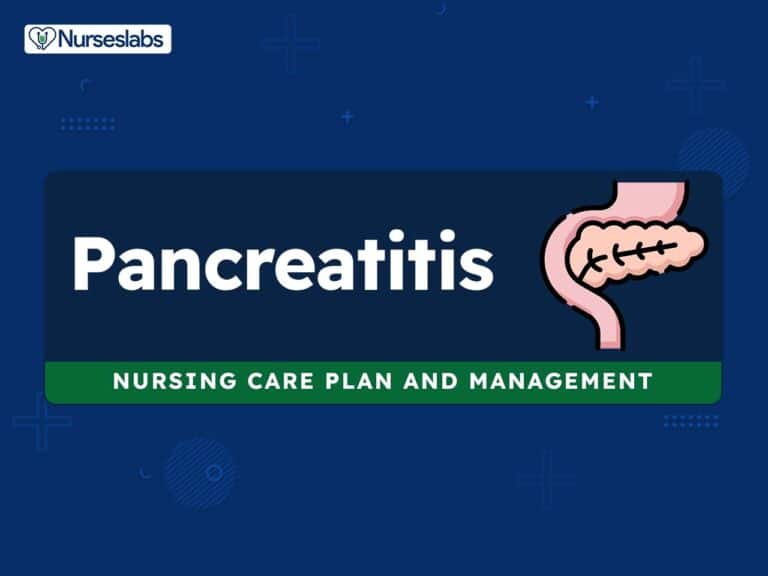
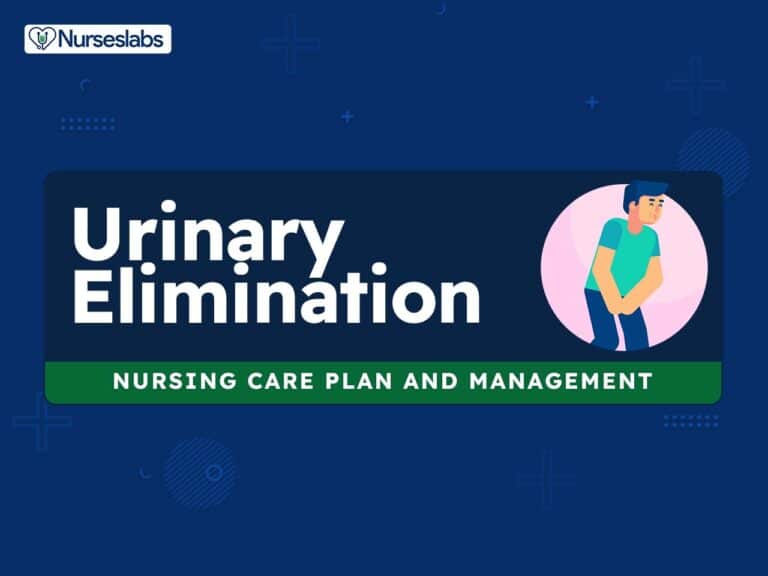

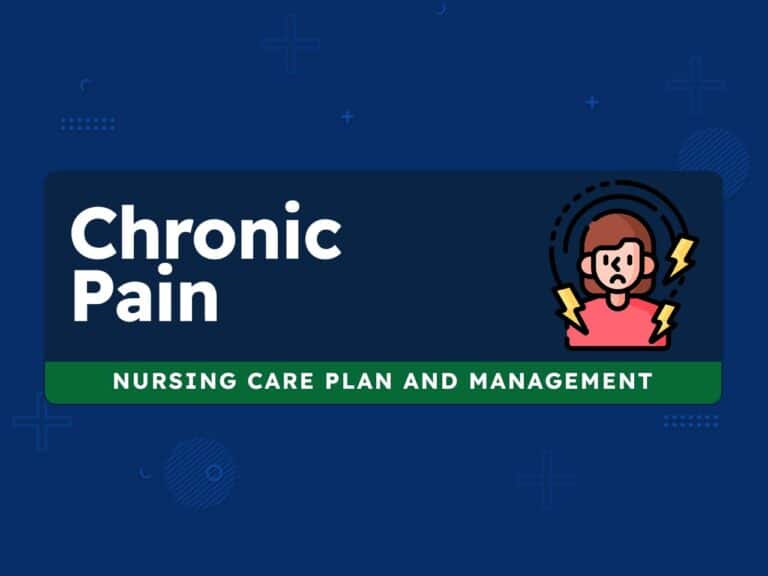



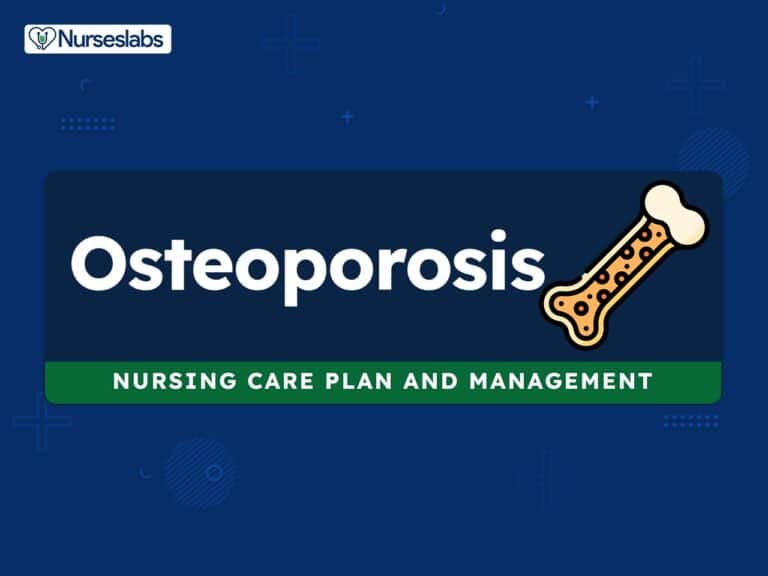
Leave a Comment